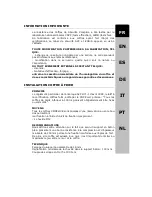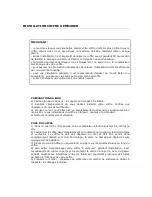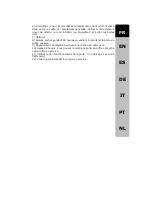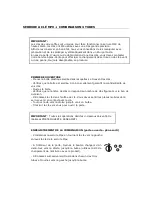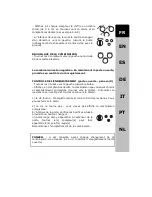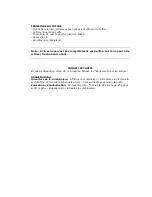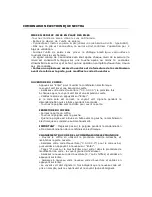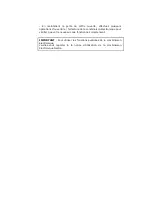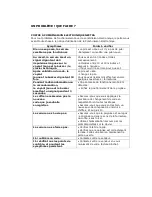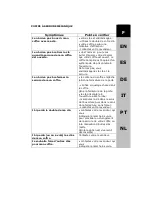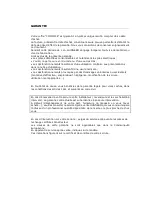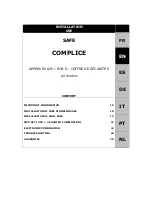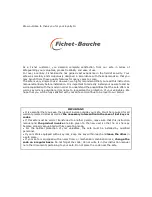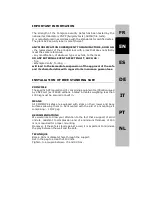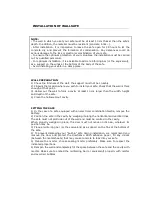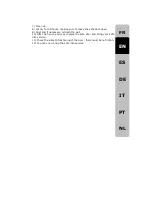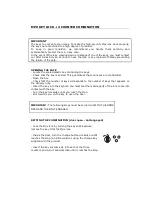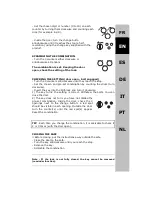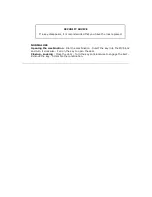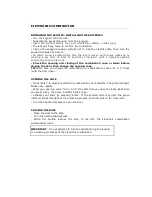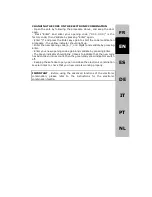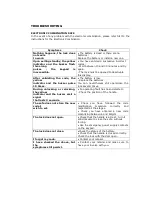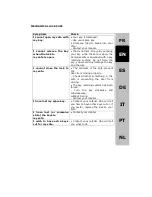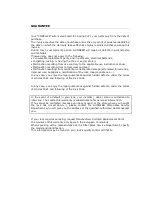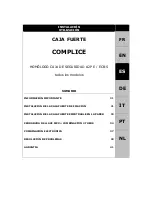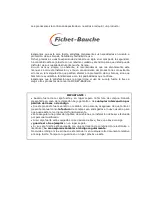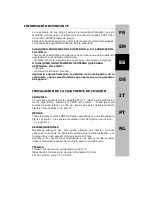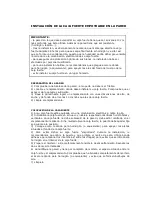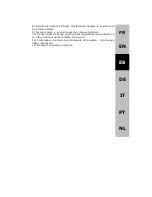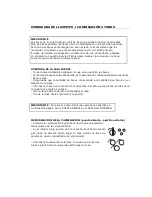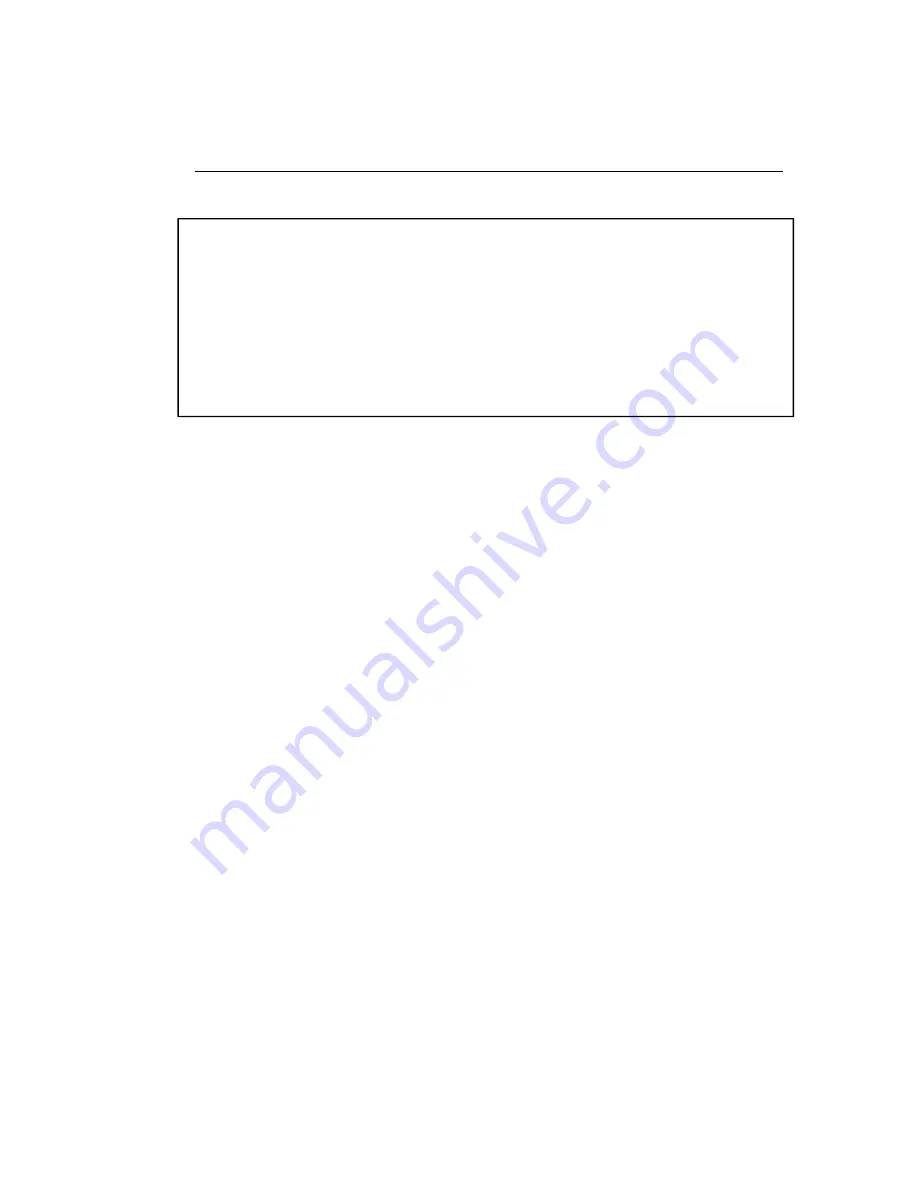
INSTALLATION OF WALL SAFE
NOTE:
- The wall in which you set your safe must be at least 10 cm thicker than the safe’s
depth. In addition, the material must be resistant (concrete, brick...).
- After installation, it is imperative to leave the safe open for 48 hours to let the
concrete dry and prevent the formation of condensation. Any dampness could do
serious damage to the lock or electronic combination of your safe.
- To ensure the optimum protection of your valuables, the installation must be carried
out by qualified personnel.
- For optimum installation, it is advisable to add a reinforcing bar (or the equivalent),
as a support on the wings at the bottom of the body of the safe.
- Avoid installing your safe in a damp place.
WALL PREPARATION
1) Check the firmness of the wall: the support must not be crumbly.
2) Pinpoint the location where you wish to install your safe. Check that the wall is thick
enough at that point.
3) Hollow out the wall to form a cavity at least 10 cm larger than the width, height
and depth of the safe.
4) Clean the hollowed-out cavity.
FITTING THE SAFE
1) In the case of a safe equipped with an electronic combination Nectra, remove the
battery.
2) Position the safe in the cavity by wedging it along the horizontal and vertical lines.
The safe must not protrude out of the wall and must be centred in the cavity.
When properly wedged in place, the door must not move on its own, whatever its
position may be.
3) Place a reinforcing bar (or the equivalent) as a support on the fins at the bottom of
the safe.
4) To prevent damaging your “built-in” safe during installation, we recommend you
remove the door and protect the doorframe. With adhesive paper, fill any cracks
(between the metal sheets) that may cause concrete to leak into your safe.
5) Prepare the mortar: choose sealing mortar preferably. Make sure to respect the
indicated proportions.
6) Dampen the wall and completely fill the space between the safe and the cavity with
mortar. Make sure to embed the reinforcing bar (or equivalent) properly with mortar
and avoid air bubbles.

